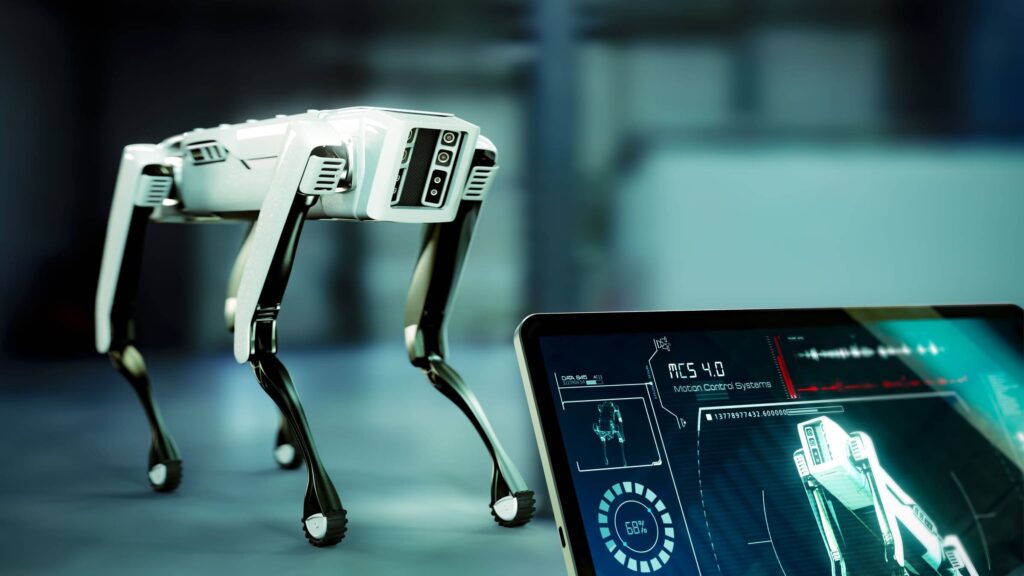In a move that underscores China’s burgeoning prowess in advanced robotics, engineers at the startup Mirror Me have unveiled a groundbreaking four-legged robot named the Black Panther 2.0. This robotic marvel has caught global attention by nearly matching the sprinting prowess of humans, clocking in at an impressive 100 meters in under 10 seconds—a testament to the rapid advancements being made in the realm of robotic mobility.
Weighing only 38 kilograms (84 pounds) and standing at a modest 0.63 meters (2.1 feet) tall, the Black Panther 2.0 might not seem imposing at first glance. However, what it lacks in size, it more than compensates for with speed. The robot can achieve a top speed of 10.4 meters per second (23.3 mph), trailing closely behind the legendary human sprinter Usain Bolt, who set a world record with a sprint speed of 10.44 m/s during the 2009 World Championships.
Key to the Black Panther 2.0’s rapid pace is its innovative design, which incorporates flexible, knee-like joints that emulate natural agility and flexibility. These joints are constructed from reinforced carbon-fiber materials to withstand the immense stress exerted during high-speed maneuvers. This robust structural integration ensures the robot maintains its form and function even under significant mechanical strain.
Further enhancing its performance is the implementation of artificial intelligence and machine learning technologies. These enable the robot to adjust its gait and adapt its balance in response to varying environmental conditions, broadening its potential application in real-world settings. An insightful video shared on YouTube by the development team demonstrates this capability, illustrating how energy is strategically transferred between the robot’s legs to optimize speed and stability.
While the future operational applications of the Black Panther 2.0 remain somewhat speculative, its potential roles in security patrols and exploration of hazardous terrains are already being considered. In these areas, the robot’s swift and nimble movements could offer a significant tactical edge.
This innovative development starkly contrasts with other robotic quadrupeds, like the DEEP Robotics Lynx, which maxes out at a more modest speed of 4.9 m/s (11 mph). It also stands in comparison to the renowned Boston Dynamics’ cheetah robot, which boasts a speed of 12.6 m/s (28.3 mph) but remains a larger and heavier prototype not yet ready for commercial deployment.
China’s commitment to exploring the boundaries of robotic technology is further evidenced by its previous creations, including armed robot dogs. These advancements in speed and functionality suggest that China’s engineers are continually pushing the envelope in robotics, despite the lingering specter of dystopian portrayals in popular media. While the Black Panther 2.0’s precise role in society continues to evolve, its existence prompts both awe and pondering about the responsibilities accompanying such potent technological achievements.


